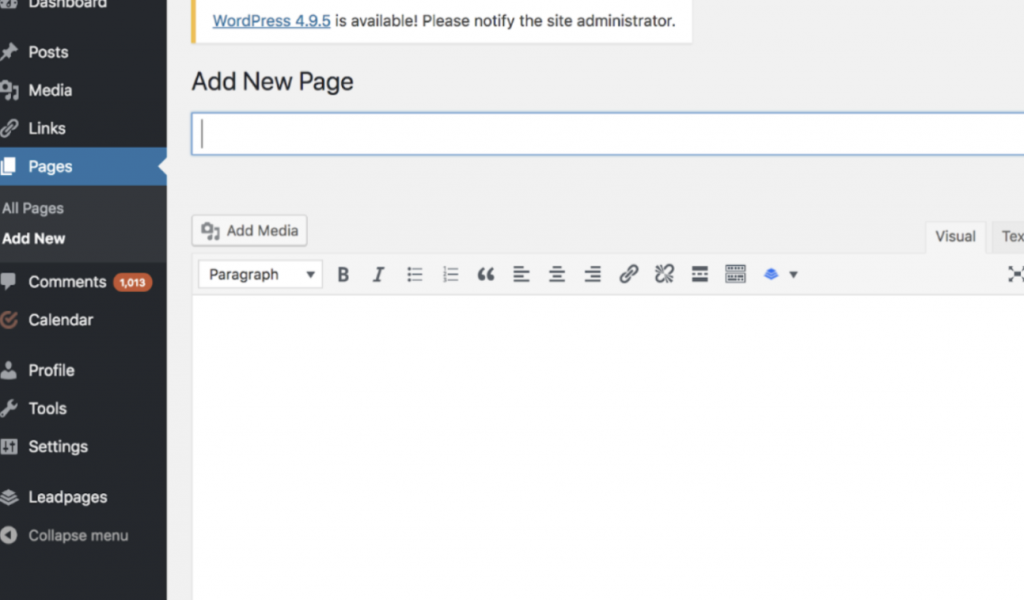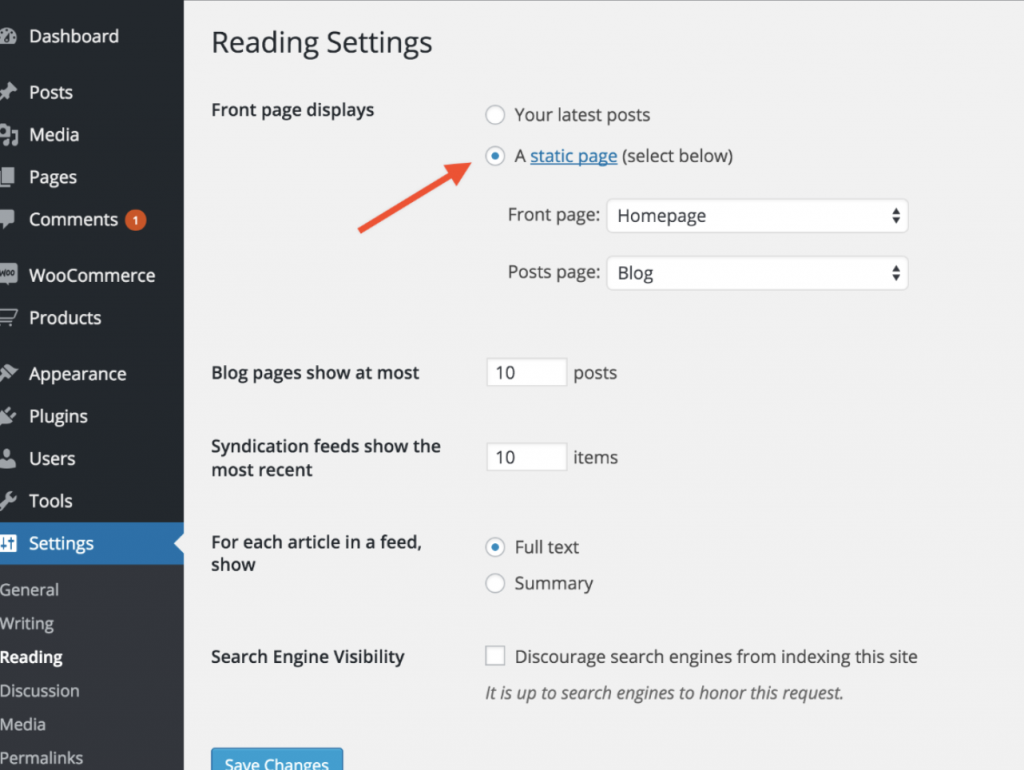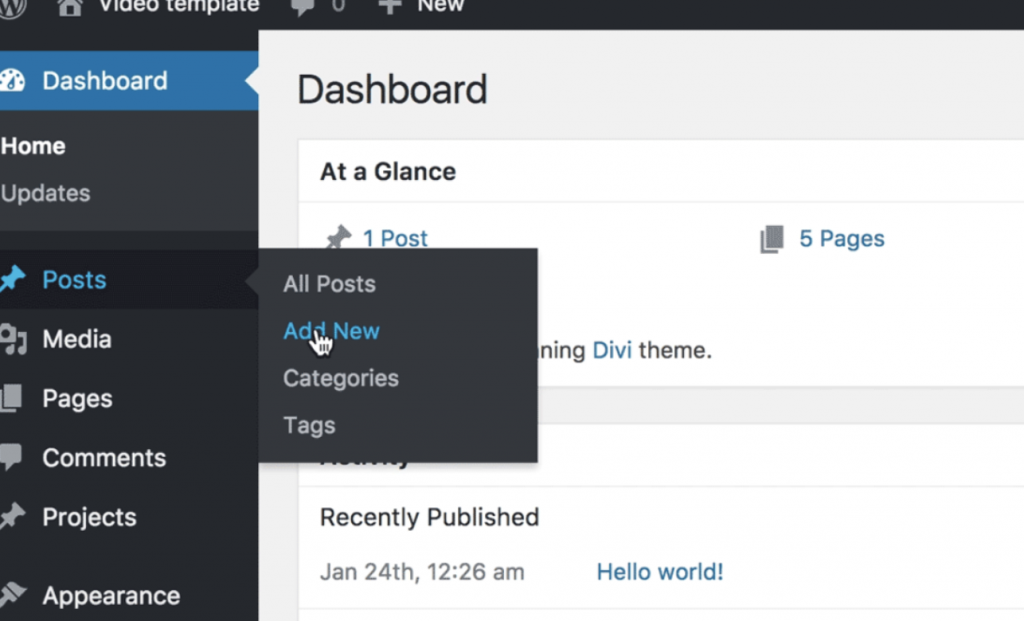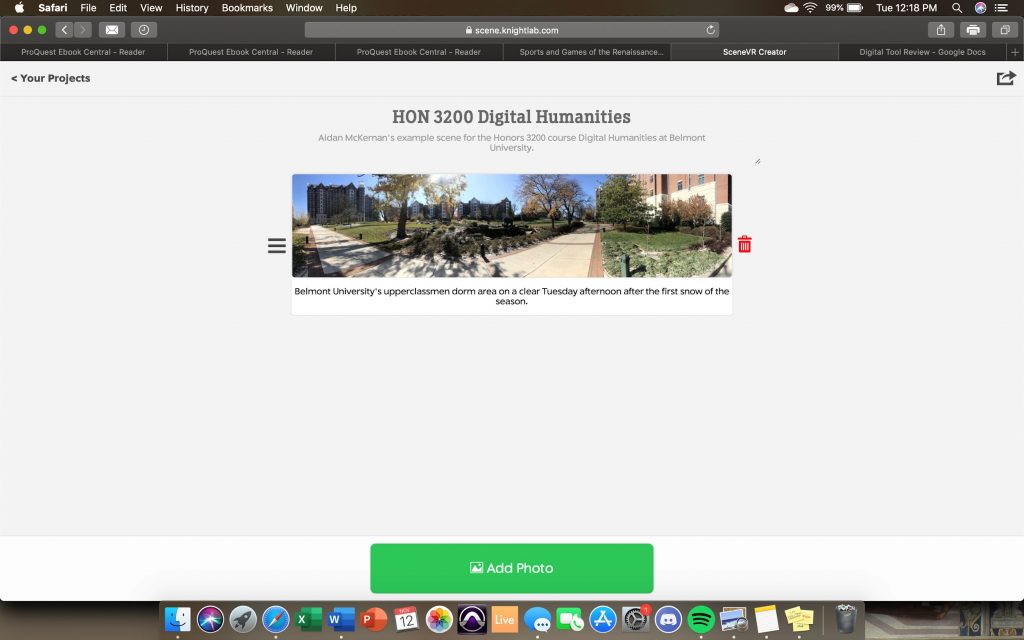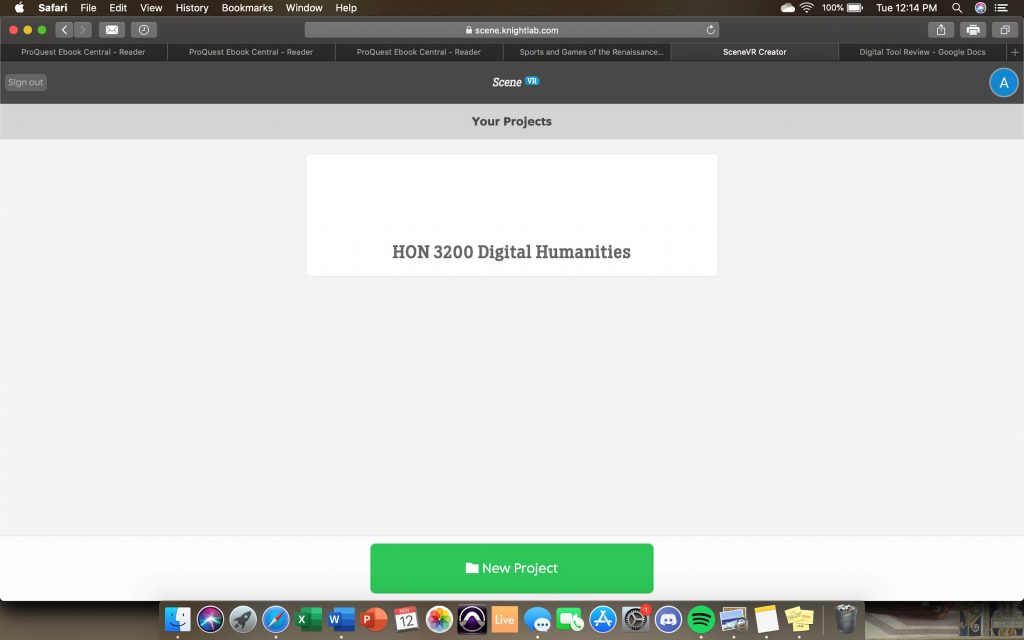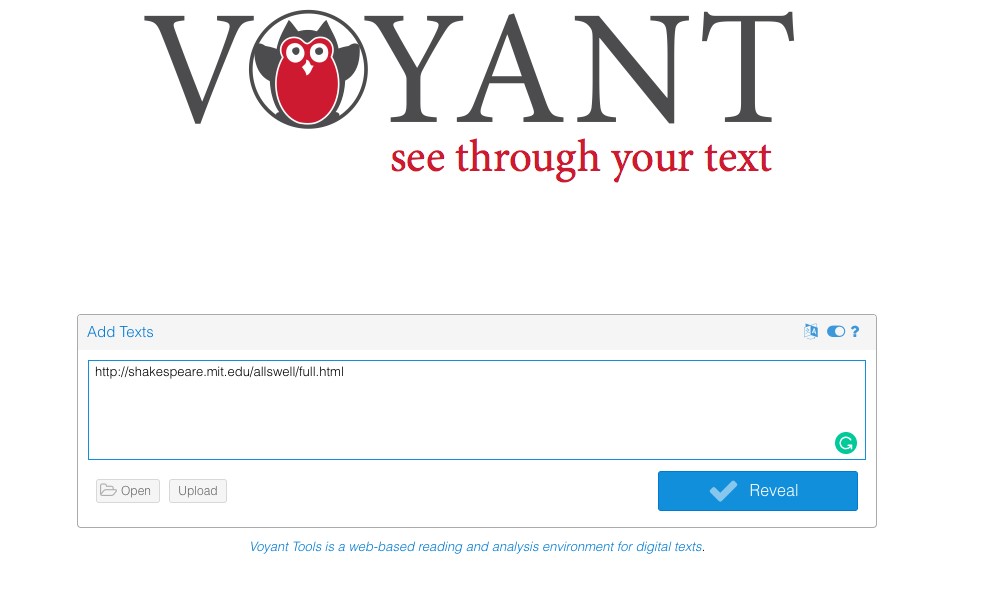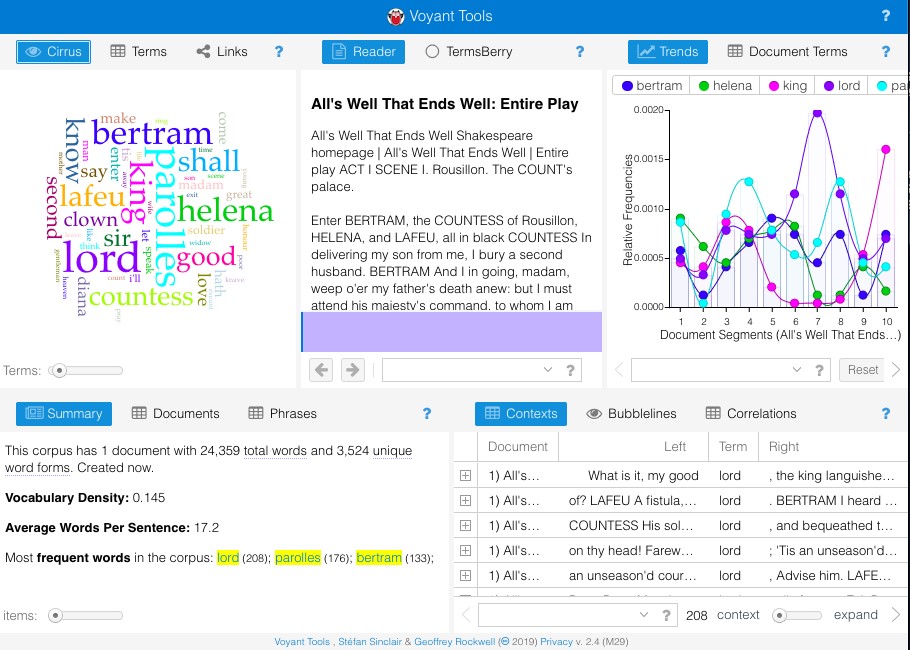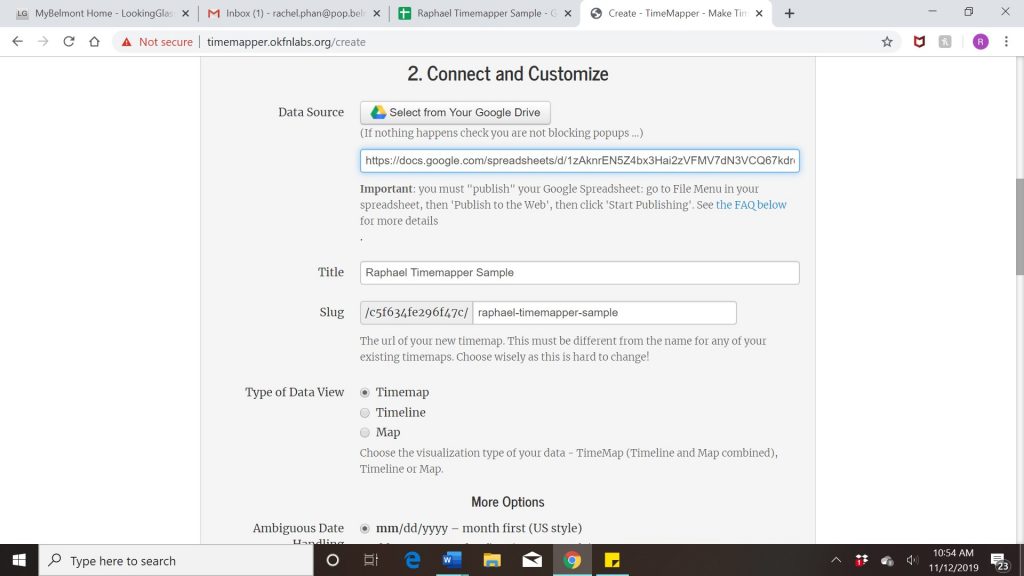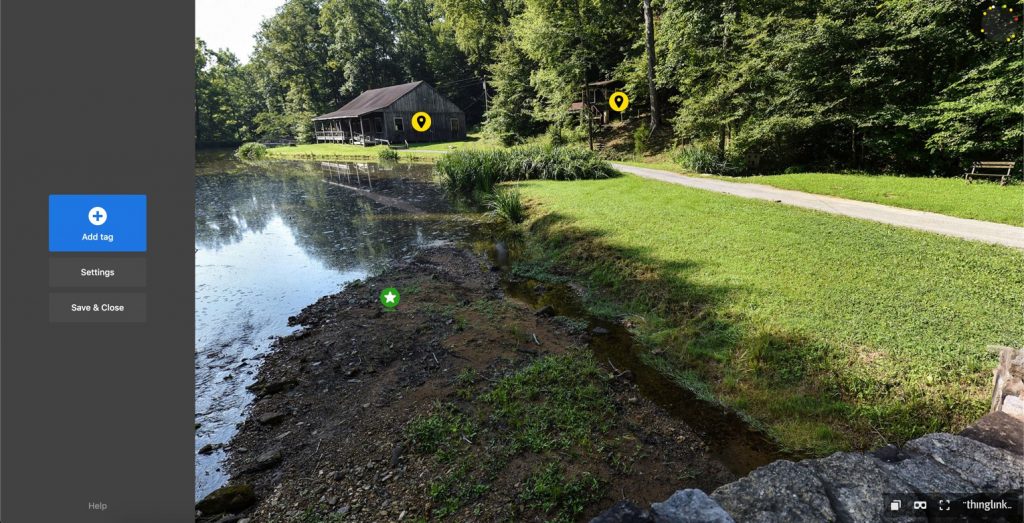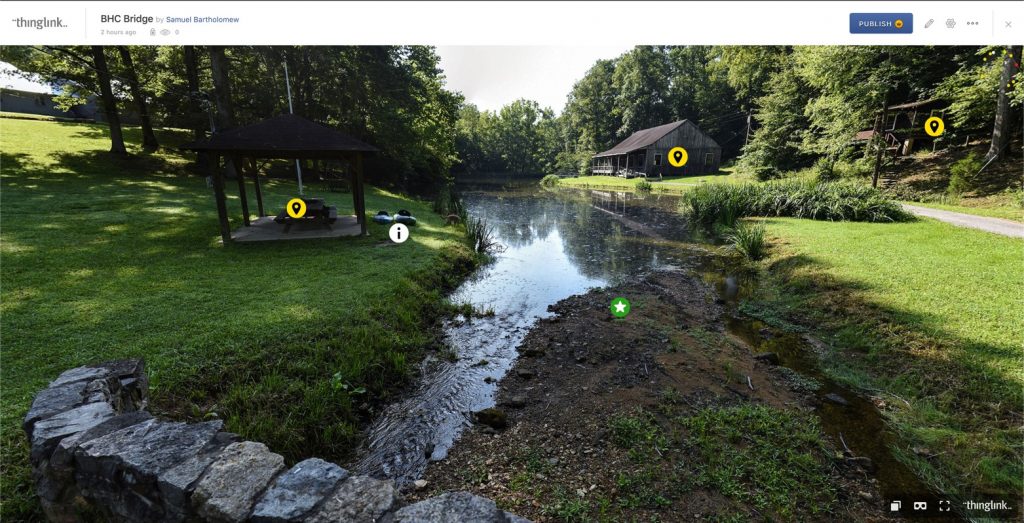Vada Sells is a student of Digital Humanities at Belmont University.
WordPress is a platform that allows anyone to make a website for free. It makes website building simple and accessible to people without coding skills. It began in 2003 and has since built a massive community of users ranging from individual bloggers to big businesses that use it to power their websites. In fact, as many as 34% of websites on the internet were created with WordPress. This tool originally aimed at allowing people to create blogs, but now offers service in creating other types of websites such as business websites, ecommerce websites, membership websites, etc. Users can create essentially any site they want.
Because wordpress offers a massive variety of services, navigation is not simple. In order to create even a simple blog website, many steps are required. In creating a website, users can either choose a template wordpress offers or code their own websites. Users must also choose between using wordpress.org as a platform as opposed to wordpress.com. If a user intends to “host” the website, he or she will use wordpress.org. This process involves using your own software, buying a domain, and managing your own server. WordPress.com doesn’t require any backend code. A website made with wordpress.com will appear as www.yourwebsitename.wordpress.com because wordpress is hosting, but a website made with wordpress.org will read as www.yourwebsitename.com.
To create a website with wordpress.com, users begin by selecting a plan that is most ideal for their intentions of the site. Different plans offer features most ideal for bloggers, business owners, etc. After picking a plan, the next step is to select a domain name. Once the user has selected a domain name, he or she is free to select a template for the website and begin adding content. Wordpress offers many different templates to display content for consumers. Users can navigate the dashboard to add posts, media, links to more pages, and additional features. They can also use the dashboard to edit the style and layout of the page to best represent their content and intention for the site. To add a new page to the website, the user must click on the link “page” and simply add a title, link and content. Content can be videos, photos, or just text. All added work is private until the user hits “publish.”
The “settings” tab in a wordpress site offers customization options. Users can choose between having a static or dynamic page, which allows content to move around the page. Another useful tool for customizing a wordpress site is the addition of a plug-in. A plug-in is a type of software that offers additional features not offered in wordpress alone. This allows for further customization as website designers can cater to other users such as members, commenters, or customers by enabling features like direct messaging or anti-spam methods.
WordPress is a platform that can be as simple or as complex as the user intends. There are so many resources on the internet that walk users through the basics of designing a wordpress site. The universality of wordpress makes it a great resource for beginners and experts alike.
How to use:
- Got to https://wordpress.com
- Click “Start your website”
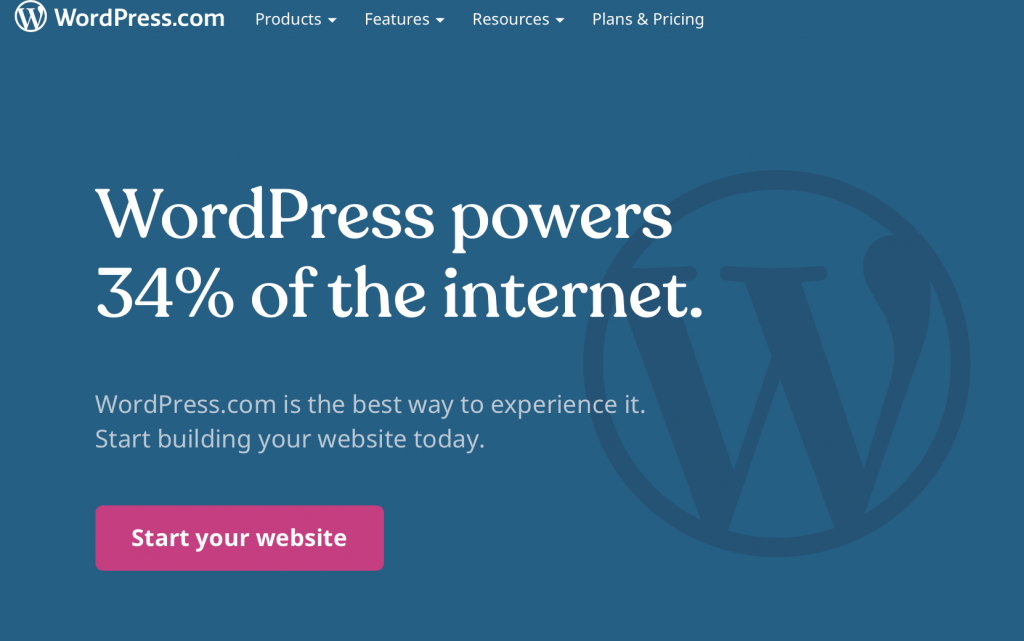
- The next step is choosing a plan that makes the most sense for your website’s purpose.

- After this, users will choose a domain name and begin customizing their sites.
- Customization with the dashboard
- Users can add additional pages to the site
- Users can customize by adding content and photos
